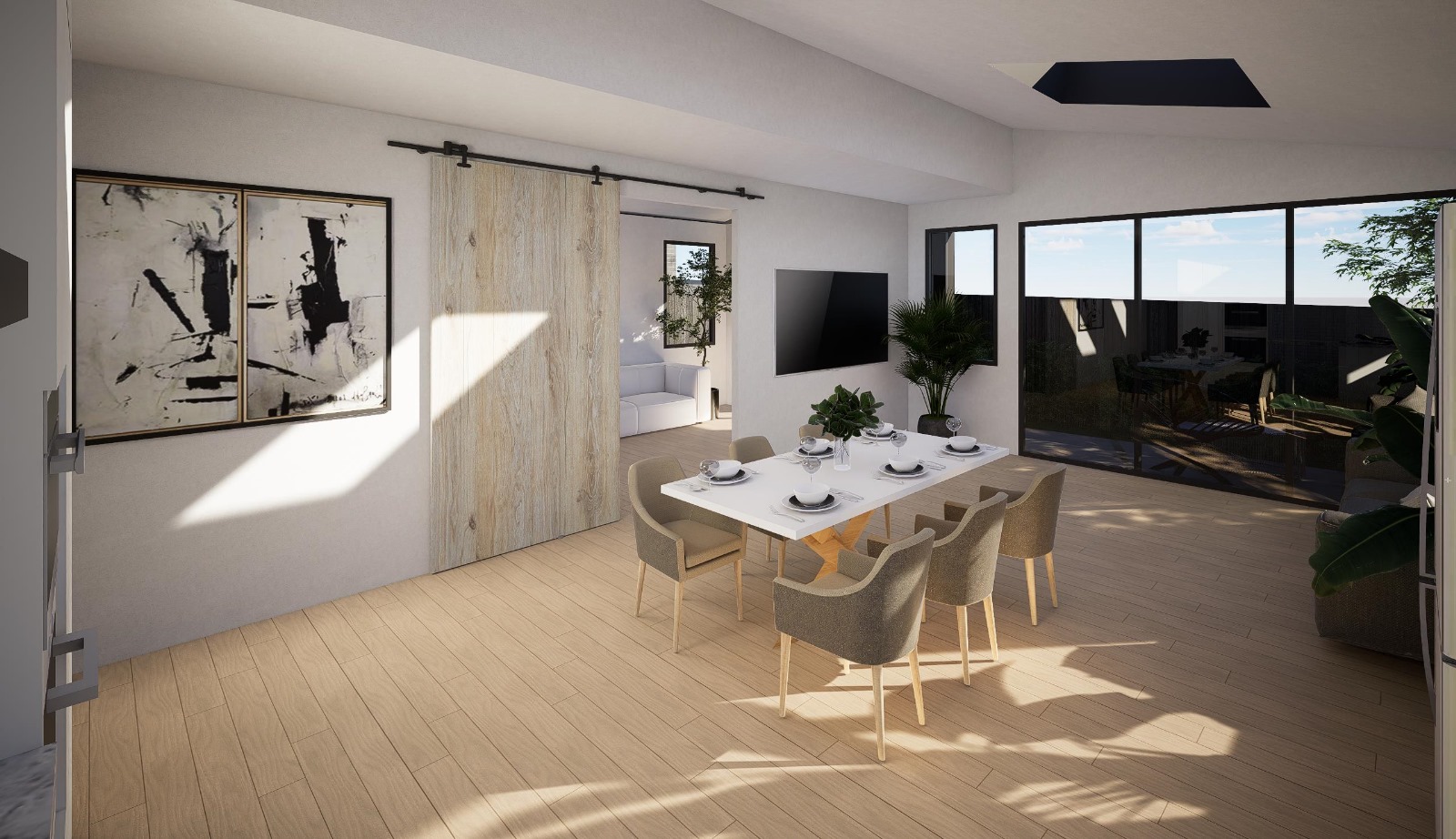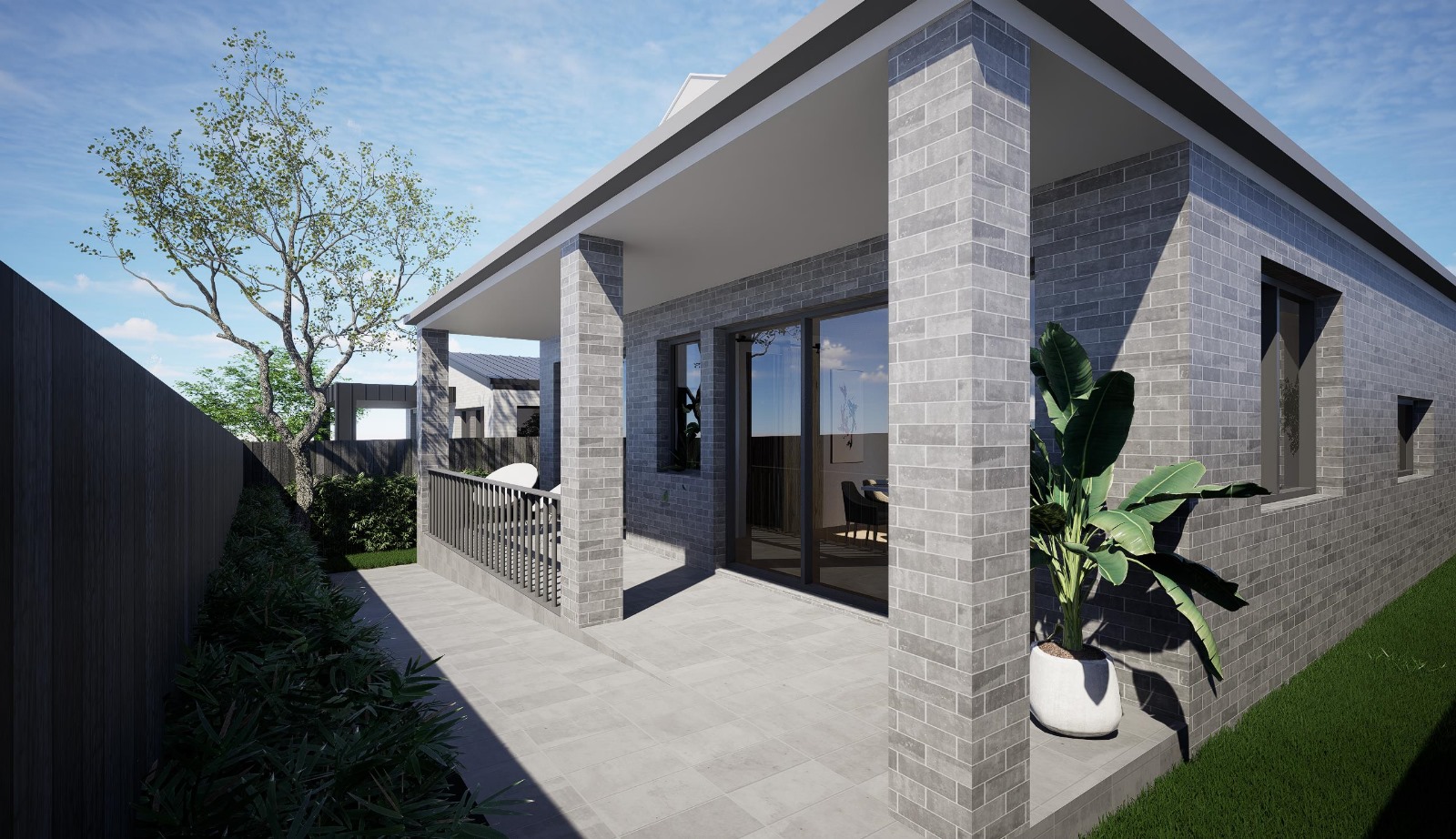
Australia’s property market is shifting, and one of the most overlooked but high-potential investment opportunities right now is rooming houses (co-living properties)—particularly Melbourne’s co-living options. While many investors focus on traditional rental properties, Victoria’s unique policies allow for up to nine rooms and 12 residents per property, making it stand out from other states in terms of yield potential and tenant demand.
I recently spent time in Melbourne not only to take a closer look at the market, but to meet with developers and builders to better understand what’s driving the demand. What’s clear is that Melbourne’s co-living product isn’t just a passing trend but an evolving part of the rental landscape that offers long-term opportunities for investors who want strong returns.
Why Melbourne? A Rare Combination of High Demand and Smart Policy
Victoria’s rooming house regulations provide an advantage over other states, where stricter rules limit the number of rooms and residents per property. By comparison, in Brisbane, a rooming house is typically capped at five rooms, whereas Victoria allows for almost double that capacity.
Equally important, demand for quality co-living spaces is increasing significantly. Melbourne attracts a high number of professionals, who relocate for work on 12-month contracts or short-term projects. Many of these renters are looking for a modern, fully furnished home in a convenient location—without the hassle of setting up a long-term lease or buying furniture.
That’s where well-designed rooming houses come in. They offer a flexible, high-quality living experience, often in prime locations close to the CBD, at a more affordable price point than renting a one-bedroom apartment.

How Smart Investors Are Approaching Co-Living Developments
Investing in rooming houses isn’t about throwing together a share house and hoping for the best. The most successful investors are strategic about location, design, and tenant profile.
- Location Matters – Close to public transport, employment hubs, and universities. The best rooming houses aren’t in the middle of nowhere; they’re in well-connected urban areas.
- Tenant Appeal – Not all rooming houses are the same. The ones attracting premium tenants (and delivering the best yields) are those with ensuite bathrooms, well-designed common areas, and a more “boutique” feel.
- Regulatory Knowledge – Different states have different rules on kitchenettes, room sizes, and the number of residents allowed. Understanding these details upfront is key to making the right investment choices.
What’s Next for Melbourne’s Co-Living Market?
With the property market heating up, Melbourne’s co-living sector is in a prime position for growth. At the present time, build times are still relatively fast, and competition remains lower than in more mainstream investment markets—but that won’t be the case forever.
For investors looking for strong rental returns with a lower risk of vacancy, the Victorian rooming house model presents a compelling case. The combination of policy advantages, increasing demand, and a growing workforce looking for flexible living solutions makes this an area worth paying attention to.
I’ve spent time researching and connecting with the key players in this space, and what’s clear is that the opportunity is real. It’s not just about following trends—it’s about understanding where the demand is and how to position an investment for long-term success.
Read the original article here: Melbourne’s Co-Living Advantage

